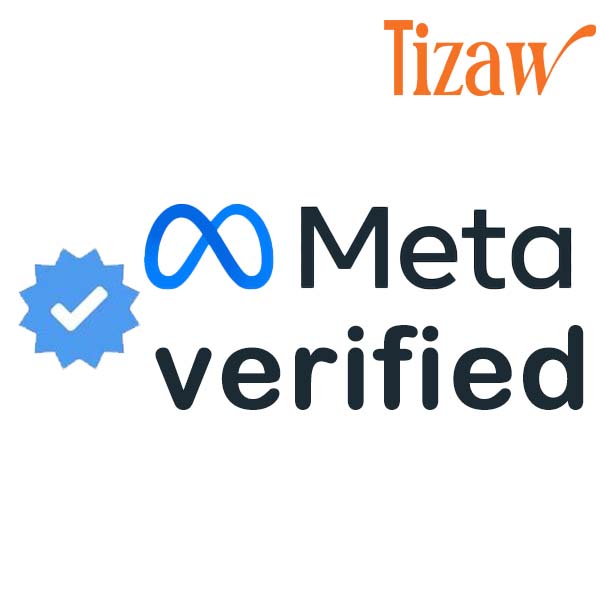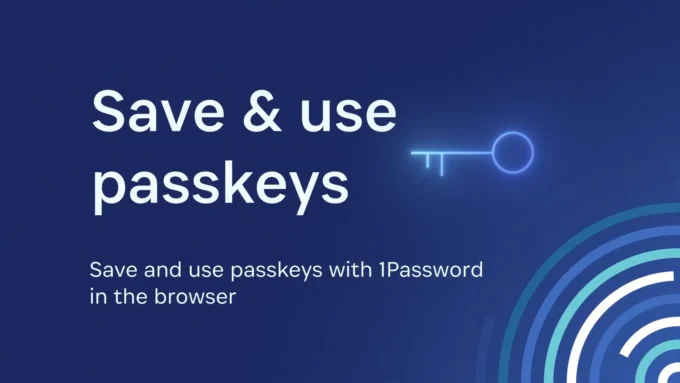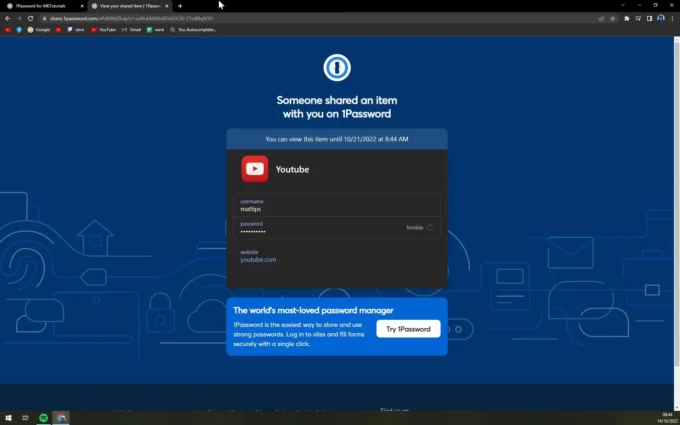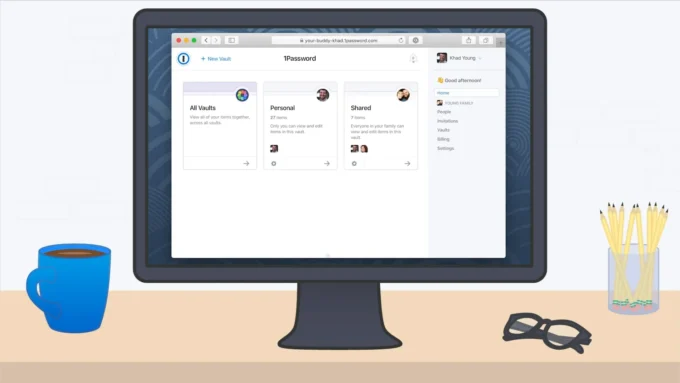Meta recently unveiled significant updates to its suite of Business Tools, which are poised to affect advertisers’ strategies and data usage. These changes come as part of Meta’s ongoing shift toward enhancing user privacy and data transparency. Key areas impacted include URL data access, custom tracking parameters, and ad-targeting functions. The updates specifically curtail access to certain data types, such as URL fragments and custom parameters, which were previously available for tracking purposes.

Overview of Key Updates
1. Restricted URL Data and Custom Parameters:
Meta will no longer permit advertisers to access parts of URLs (like fragments or certain query parameters) through its tracking tools. This is a significant change as it limits the granularity of tracking capabilities for website interactions and user journeys. For businesses reliant on deep insights from these tracking fragments, the new limitations require a shift in strategy. The absence of this data will likely affect audience targeting, campaign personalization, and performance measurement, forcing marketers to adopt new tracking methodologies.
Historically, advertisers could capture intricate user behavior patterns via these URL components, using them to create custom audiences and retarget specific actions taken on a website. Meta’s decision aligns with privacy policies—such as GDPR and CCPA—aiming to reduce the exposure of sensitive user data but forces businesses to pivot their approach.
2. Impact on Custom Audiences and Event Tracking:
The update has a direct impact on how custom audiences are built and maintained. Advertisers who rely on custom audiences derived from URL fragments or parameters must review and possibly modify their audience settings. In some cases, custom audiences that rely on the now-restricted data may become ineffective, causing ad sets to pause until reconfigured.
Event tracking within Meta’s Events Manager will also undergo alterations, as certain events based on URL fragments will no longer be logged. This calls for advertisers to reassess the data they rely on for tracking website actions. While Meta still offers robust tracking options through pixel events and Conversions API, the removal of these parameters reduces the scope for ultra-specific tracking.
3. Adjustments in Reporting and Ad Targeting:
The loss of detailed URL data will affect the granularity of reporting in Meta’s ad platforms. As a result, advertisers may experience less precise insights on user behavior and ad performance tied to specific landing pages or URL-based actions. This is especially critical for brands that use intricate URL structures for A/B testing, segmented audience funnels, or product-specific pages.
Meta’s shift is a clear nudge for advertisers to leverage alternative methods, like the Conversions API or focus on broader tracking mechanisms, that comply with privacy standards while still delivering valuable insights.
Why the Change?
Meta’s updates are rooted in a larger industry-wide push towards stricter privacy policies and data protection. In recent years, privacy concerns have grown, driven by regulatory bodies and consumer demand for greater control over personal data. Meta has been progressively adapting its tools to comply with laws like the GDPR in Europe and the CCPA in California. The company has positioned itself as a privacy-first platform, balancing advertisers’ needs with new expectations for data transparency and user control.
These changes come in the context of Meta’s broader vision of adapting to a “cookie-less” future. As third-party cookies are phased out across digital ecosystems, platforms like Meta must offer alternative solutions for tracking and personalization. The shift emphasizes first-party data and privacy-safe methods for engaging customers, such as server-side APIs and aggregated event measurement.
What Advertisers Should Do
For advertisers, Meta’s new updates present a clear mandate: adapt or face interruptions in advertising campaigns. Here are some steps businesses should consider:
- Audit Existing Campaigns: Review custom audiences, ad sets, and events that rely on the restricted URL parameters. If your campaigns are built around URL fragments or query parameters, explore alternatives to ensure continuity.
- Leverage Meta’s Conversions API: The Conversions API provides a more robust and future-proof method of tracking and reporting. Unlike browser-based pixel tracking, server-side data is less affected by privacy changes and ad-blocking technologies.
- Focus on First-Party Data: With third-party data increasingly limited, advertisers should prioritize first-party data collection. This means gathering data directly from user interactions with your site, such as email sign-ups, product purchases, or form completions, which can be fed into Meta’s ad platform without violating privacy laws.
- Broaden Event Tracking Strategies: If specific URL parameters are central to your event tracking, consider reconfiguring your tracking mechanisms. Meta’s tools still offer a wide range of event tracking options that don’t rely on now-restricted URL data.
Meta’s latest updates mark another step toward an increasingly privacy-centric digital advertising landscape. While the changes introduce challenges, especially for advertisers reliant on granular URL tracking, they also open opportunities for businesses to refine their data strategies. By embracing first-party data, server-side tracking solutions, and a broader approach to user behavior insights, advertisers can continue to thrive in the evolving ecosystem while maintaining compliance with global privacy standards.
These changes underscore Meta’s commitment to balancing the needs of advertisers with heightened user privacy expectations, setting a standard for the future of digital marketing.











Leave a comment